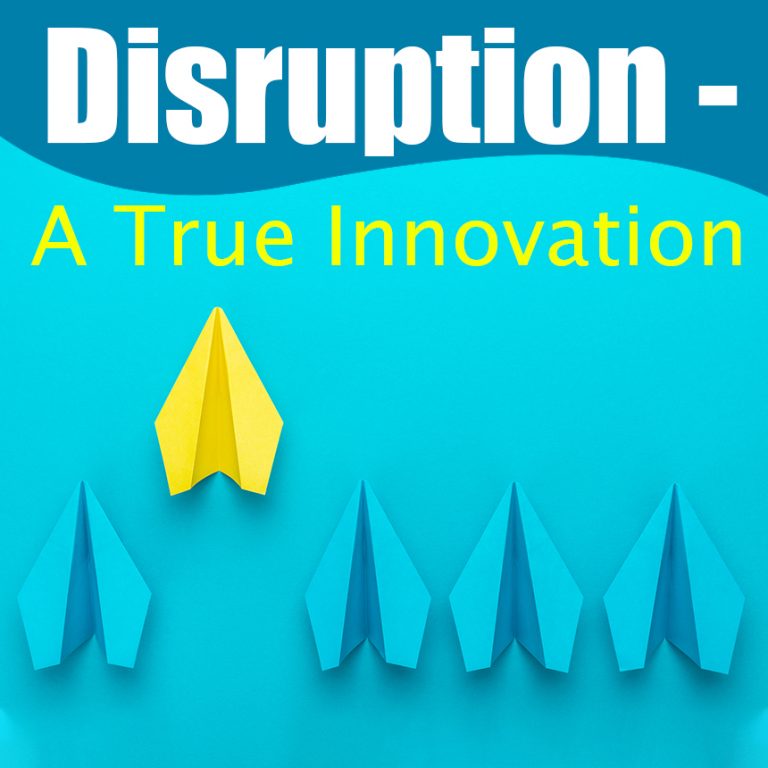
Now we have discussed “what is disruption,” it’s time to understand how disruption actually looks like.
As we all know, changes are always constant. Consumer behaviors are ever-evolving, either as a response to a new idea or as a rejection of an old one. Companies that analyzes consumer behavioral patterns and approach new ways of thinking which is why so many of them are so successful.
Being effectively disruptive is difficult, but there’s a science behind the thinking that all understand.
Taking Netflix as an example. The company identified that there was a more natural way to get entertainment into the hands of consumers, and that is by streaming. Movie lovers no longer had to wait to watch the latest blockbusters, they could access it on demand. And speaking of Blockbusters, this behavioral change to streaming entertainment, completely re-invented the brand.
Related: Small Business Trends and Predictions for 2020
Netflix would have never made it to 93 million subscribers if they have continued with its DVD subscription model. At best, they would have been relevant for a few more years.
Previous waves of disruption were inspired by very high-visibility technologies that turned high-touch industries like media, retail, and service. In contrast, the modern wave is being inspired by a new set of behind-the-scenes emerging technologies that have a transformative impact on the knowledge economy.
In most of the cases, the industries and the corporate giants that existed for decades unchallenged fall the hardest. They fall because they assume that audiences are so comfortable doing business, as usual, they won’t make an effort to accept something new, different, or foreign. And that’s precisely when disruptors take their chances.
You can be the driver of the disruptive change that strengthens your employees, excites your customers, and puts your competitors on notice, instead of just waiting for the technology to disrupt your industry.
Most prosperous disruptors of today have shown us that it’s all about efficiency, removing layers from old processes. New and improved disruptive companies today focus on a refreshing consumer experience that eliminates negative associations with brands.
Disrupting the entire industry isn’t about bringing in a new product that puts everyone out of business. It’s about making simple tweaks depending on what audiences are telling you and taking advantage of the blind spots that exist within the industry.
How can a business disrupt a market if it approaches its own way of doing business like every one before it? ONPASSIVE is the disruption in its own rights, and it helps you create your own market disruption for good.
What this means essentially is that ONPASSIVE motivates you to encourage your employees to share out of the box ideas, participate in regular brainstorming sessions, and have a distinct set of outside interests that motivates them in their work. As the ONPASSIVE platform is a disruption itself in its field, it expects it’s members to be disruptive as well. The set of tools offered by the ONPASSIVE platform with its AI-driven technologies is the disruption in the Internet of things that enables you to be that driver who brings changes to its industry and be in competition with the most prominent industry leaders.
When the goal is to have a meaningful and lasting impact on your customers, innovation is no longer just enough. Disruptive thinking is expected to absolutely shake up a stagnant business model, technology, or market and forever alter behaviors and thought processes.
ONPASSIVE not only helps you with the disruptive technology to help you with but also helps you the disruptive thinking that you require to compete with the best. That is the reason one can genuinely say ONPASSIVE is the disruptor, and you are the disruption that your organization and the industry expects.
Related: 6 Ways To Reshape Your Business With ONPASSIVE Artificial Intelligence


